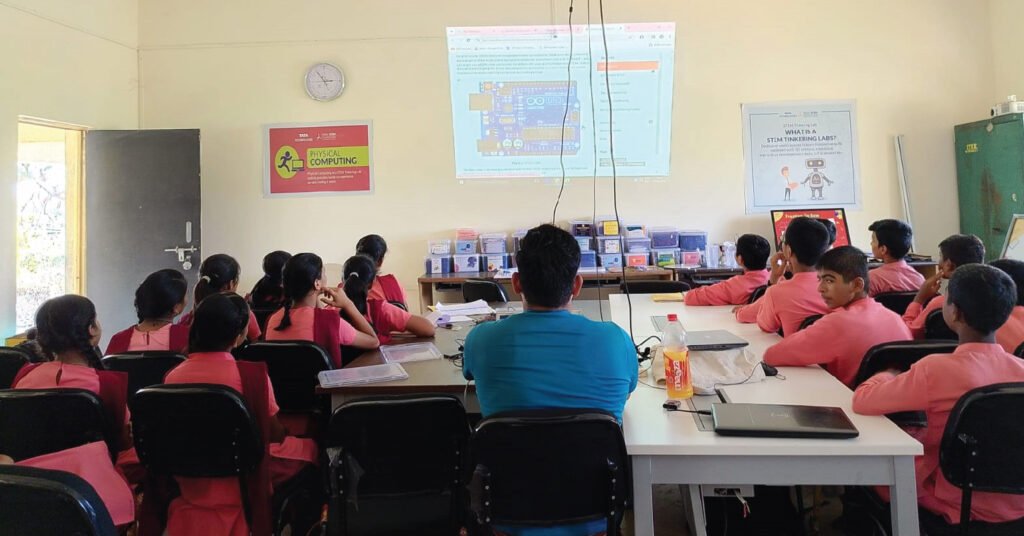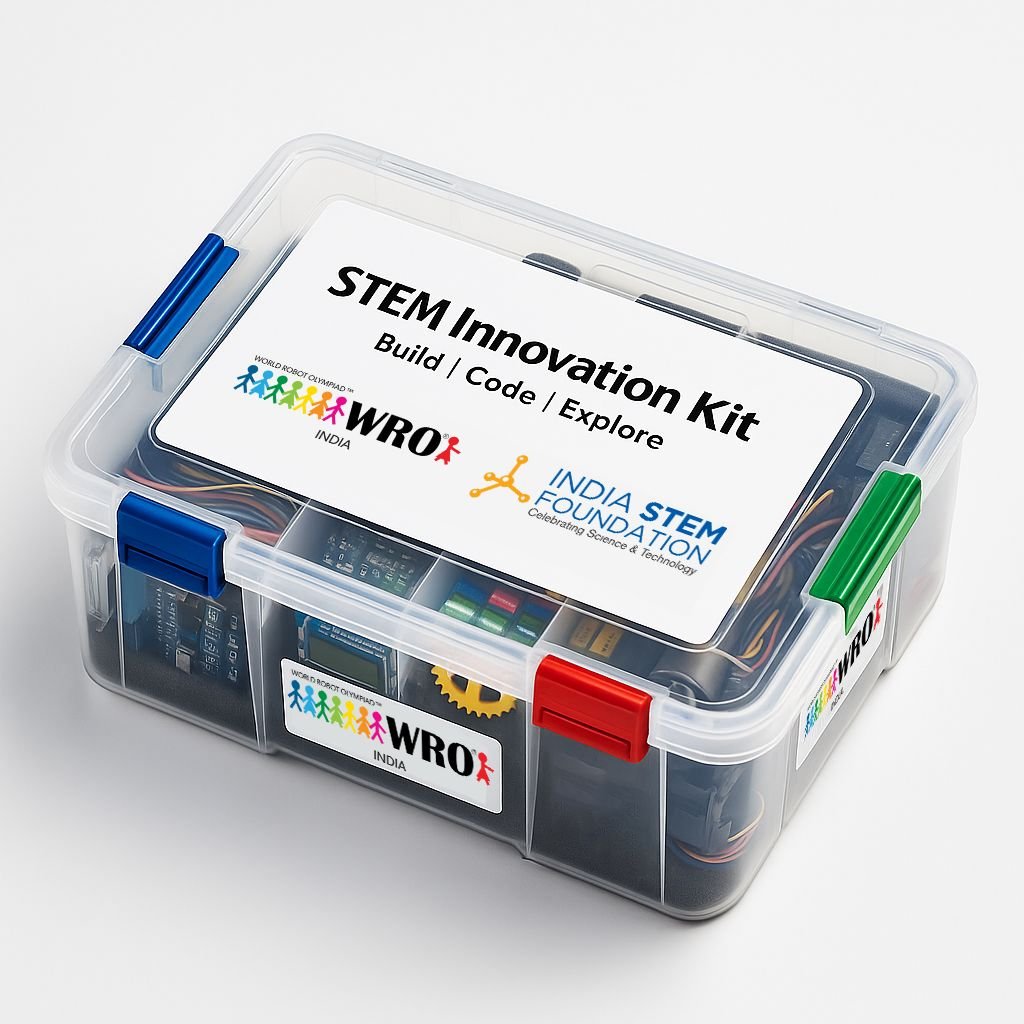In the ever-evolving landscape of education, the digital era has emerged as a powerful force, reshaping the way we approach STEM (Science, Technology, Engineering, and Mathematics) learning. As we navigate this transformative journey, it becomes imperative to explore how the digital era can empower STEM learning, fostering a new generation of innovators and problem solvers.
Embracing Interactive Learning
In the digital age, learning is no longer confined to textbooks and traditional classrooms. Interactive learning takes center stage, leveraging digital tools to provide hands-on experiences. Virtual simulations, interactive modules, and educational games immerse students in the practical application of STEM concepts, making learning more engaging and impactful.
Access to a Vast Repository of Knowledge
The internet, a hallmark of the digital era, serves as an unparalleled resource for knowledge. With a few clicks, students can access a vast repository of information, ranging from scientific journals to educational videos. Digital libraries and online platforms democratize access to STEM resources, ensuring that students, regardless of their geographical location, can delve deep into subjects of interest.
Real-time Collaboration and Connectivity
STEM learning thrives on collaboration, and the digital era facilitates seamless connectivity. Through real-time collaboration tools, students can engage in group projects, share ideas, and solve problems collectively. This not only mirrors the collaborative nature of professional STEM fields but also prepares students for future careers where teamwork is paramount.
Personalized Learning Journeys
Every student is unique, and the digital era recognizes and caters to this individuality through personalized learning. Adaptive learning platforms use data analytics to understand each student’s strengths and weaknesses, tailoring lessons to their specific needs. This personalized approach enhances comprehension and ensures that no student is left behind.
Harnessing the Power of Visualizations
Visualizations are powerful tools for understanding complex STEM concepts, and the digital era brings these concepts to life. Interactive graphs, 3D models, and virtual experiments enable students to visualize abstract theories, making them more tangible and easier to comprehend. This visual engagement enhances both learning and retention.
Breaking Barriers with Online Education
The digital era has dismantled traditional barriers to education. Online STEM courses and degree programs transcend geographical constraints, allowing students from around the world to enroll in top-notch institutions. This democratization of education opens doors for aspiring STEM professionals globally.
Gamification for Engaging Learning
Gamification introduces an element of fun into STEM learning. Educational games and simulations turn complex concepts into interactive challenges, encouraging students to think critically and strategize. The competitive yet supportive nature of gamified learning environments enhances motivation and enthusiasm.
Augmented Reality (AR) and Virtual Reality (VR)
Augmented Reality (AR) and Virtual Reality (VR) technologies take STEM learning to new dimensions. Students can explore virtual laboratories, conduct experiments in simulated environments, and even undertake virtual field trips. This immersive approach not only enriches the learning experience but also bridges the gap between theory and practical application.
Cultivating Digital Literacy Skills
As STEM professionals increasingly rely on digital tools, cultivating digital literacy skills becomes integral to STEM education. The digital era empowers students not only with STEM knowledge but also with the ability to navigate, critically evaluate, and contribute responsibly to the digital landscape.
Adapting to Technological Advancements
STEM fields are at the forefront of technological advancements, and the digital era ensures that students are at the cutting edge of these developments. Exposure to the latest technologies, such as artificial intelligence, machine learning, and robotics, equips students with skills that are not just relevant today but will also be crucial in the future job market.
Conclusion
In conclusion, the digital era acts as a catalyst, propelling STEM learning into a future of boundless possibilities. By embracing interactive and personalized approaches, breaking down geographical barriers, and incorporating innovative technologies, we empower students to not only understand STEM concepts but also to become active contributors to the technological advancements that define our era. As we navigate this digital transformation, STEM learning emerges not just as a curriculum but as a dynamic, evolving journey that prepares students for the challenges and opportunities of the future.




